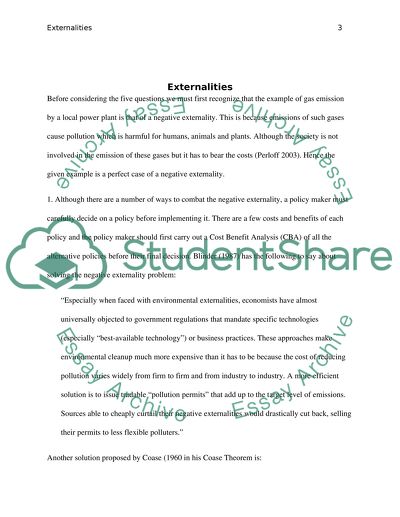Externalities Assignment Example | Topics and Well Written Essays - 1000 words. Retrieved from https://studentshare.org/macro-microeconomics/1431791-externalities
Externalities Assignment Example | Topics and Well Written Essays - 1000 Words. https://studentshare.org/macro-microeconomics/1431791-externalities.


